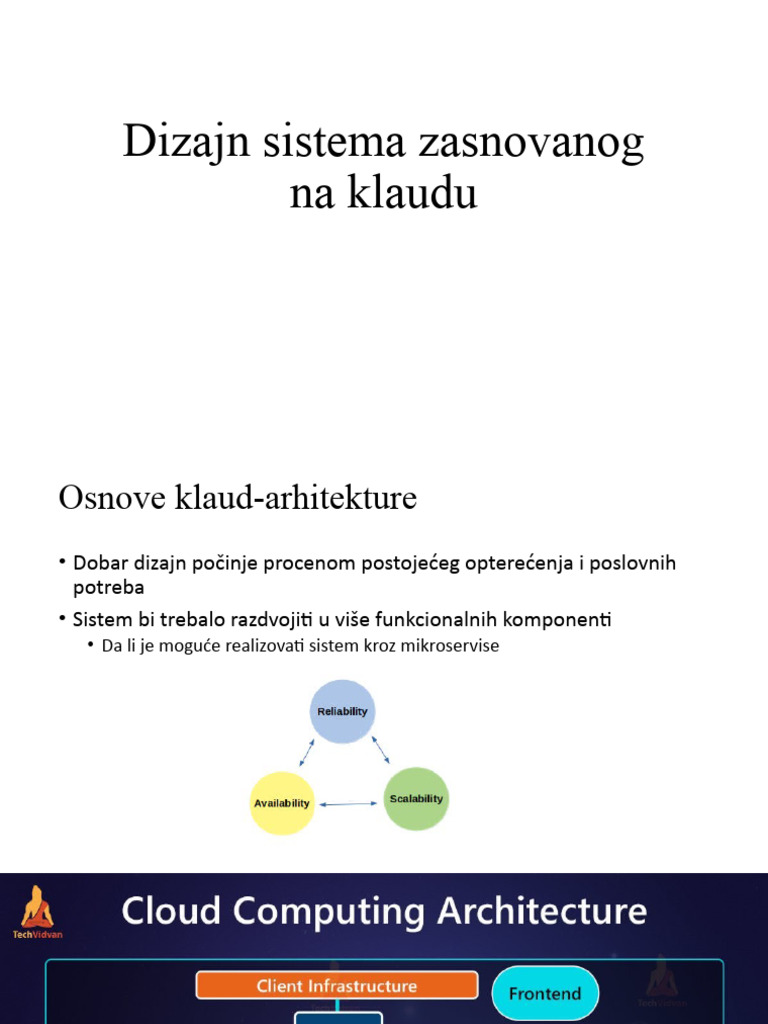The Sound Perimeter Effect: How Music Creates Community

Table of Contents
Shared Rhythms, Shared Identity: The Biological Basis of Musical Community
Evolutionary Roots of Music and Social Cohesion
Anthropological evidence strongly suggests music played a vital role in early human societies. Music wasn't just entertainment; it was integral to bonding, rituals, and the transmission of cultural knowledge. The rhythmic pulse of tribal drumming, for instance, facilitated coordinated movement and group cohesion, crucial for survival in challenging environments.
- Examples of ancient musical practices: Ancient cave paintings depicting musical instruments, archaeological discoveries of bone flutes, and evidence of rhythmic chanting in various ancient cultures.
- Theories on music’s role in group survival: Music’s role in coordinating hunting strategies, strengthening group bonds for defense, and facilitating social learning and transmission of important information.
- Studies on the physiological effects of group singing: Research demonstrating the release of endorphins and oxytocin during group singing, enhancing feelings of well-being and social bonding.
Neurological Synchronization and Empathy
The power of music to unite us isn't just a cultural phenomenon; it's rooted in our neurobiology. Music synchronizes brainwaves, creating a sense of shared experience and enhancing empathy between listeners. This synchronization is facilitated by mirror neurons, which fire both when we perform an action and when we observe someone else performing it.
- Research on mirror neurons: Studies showing the activation of mirror neurons during musical listening, leading to a feeling of shared experience and emotional understanding.
- Studies on emotional contagion through music: Research demonstrating how music can evoke similar emotional responses in multiple listeners, fostering a sense of collective emotion.
- Examples of how synchronized movement to music enhances connection: The shared experience of dancing to music, participating in group drumming circles, or singing in a choir, all enhance connection through synchronized movement.
Music as a Social Glue: Building Community Through Shared Experiences
Live Music Events and the Feeling of Belonging
Live music events are powerful community builders. Concerts, festivals, and even smaller gigs create a shared experience that transcends individual differences. The collective energy, shared enthusiasm, and sense of belonging are palpable. Fans of a particular genre often develop a strong sense of shared identity, fostering friendships and lasting connections.
- Examples of iconic music festivals: Coachella, Glastonbury, Burning Man – these events showcase the power of music to bring vast numbers of people together in a shared experience.
- The sense of shared identity among fans of a specific genre: The strong bonds among fans of genres like punk rock, heavy metal, or electronic music demonstrate the community-building power of shared musical taste.
- The role of social media in connecting fans pre- and post-event: Social media platforms play a significant role in connecting fans before, during, and after live events, strengthening community ties.
Community Choirs, Bands, and Musical Collaboration
Active participation in music creation strengthens community bonds even further. Joining a choir, forming a band, or collaborating on songwriting fosters teamwork, shared goals, and a sense of accomplishment. The collaborative nature of music-making builds trust and strengthens relationships.
- Benefits of joining a choir or band: Improved social skills, increased self-confidence, reduced stress levels, and the development of strong interpersonal bonds.
- The collaborative aspects of songwriting and performance: The shared creative process strengthens teamwork, communication, and mutual respect.
- The sense of accomplishment and shared purpose: The feeling of achievement from successfully performing a piece of music together fosters a strong sense of shared purpose and belonging.
Music’s Power to Overcome Barriers and Bridge Divides
Music Therapy and Social Inclusion
Music therapy uses the power of music to connect people, particularly those with disabilities or from marginalized communities. Music can improve communication, social interaction, and emotional expression, fostering inclusion and breaking down barriers.
- Examples of music therapy programs: Programs using music therapy to help individuals with autism, dementia, or other conditions improve communication and social skills.
- How music can improve communication and social interaction: Music provides a non-verbal means of expression and connection, bridging communication gaps.
- Cases of music uniting diverse groups: Examples of music programs bringing together individuals from different backgrounds, fostering understanding and empathy.
Music as a Cross-Cultural Unifier
Music transcends language and cultural differences, creating a universal language of emotion. Globally popular music genres and international collaborations demonstrate music's power to unite people from diverse backgrounds, promoting understanding and empathy across cultures.
- Examples of globally popular music genres: Genres like pop, rock, and electronic music have crossed cultural boundaries, uniting people from diverse backgrounds.
- International music collaborations: Collaborations between musicians from different countries demonstrate music's ability to bridge cultural divides.
- How music can promote understanding and empathy across cultures: Exposure to different musical traditions can enhance cultural awareness and promote cross-cultural understanding.
Conclusion
The “Sound Perimeter Effect” is a powerful force in community building, driven by biological factors, shared experiences, and music's remarkable ability to overcome barriers. Music unites us through shared rhythms, fosters empathy, and creates a sense of belonging. It acts as a social glue, binding people together and bridging divides.
Embrace the Sound Perimeter Effect and discover the power of music to connect you with others. Find a local choir, attend a concert, or simply share your favorite music with someone today. Let music build your community! Experience the power of the Sound Perimeter Effect – join a musical community today!

Featured Posts
-
 Southport Attack Councillors Wife To Appeal 31 Month Prison Term
May 22, 2025
Southport Attack Councillors Wife To Appeal 31 Month Prison Term
May 22, 2025 -
 Thlathy Jdyd Dmn Qaymt Mntkhb Alwlayat Almthdt Alamrykyt
May 22, 2025
Thlathy Jdyd Dmn Qaymt Mntkhb Alwlayat Almthdt Alamrykyt
May 22, 2025 -
 New Images From Echo Valley Showcase Sydney Sweeney And Julianne Moore
May 22, 2025
New Images From Echo Valley Showcase Sydney Sweeney And Julianne Moore
May 22, 2025 -
 Ea Fc 24 Fut Birthday Player Cards Tier List And Best Picks
May 22, 2025
Ea Fc 24 Fut Birthday Player Cards Tier List And Best Picks
May 22, 2025 -
 Film Zasnovan Na Reddit Prici Sydney Sweeney U Glavnoj Ulozi
May 22, 2025
Film Zasnovan Na Reddit Prici Sydney Sweeney U Glavnoj Ulozi
May 22, 2025
Latest Posts
-
 Chennai Wtt Star Contender Indias Record Number Of Paddlers
May 22, 2025
Chennai Wtt Star Contender Indias Record Number Of Paddlers
May 22, 2025 -
 19 Indian Table Tennis Players Create History At Wtt Contender Chennai
May 22, 2025
19 Indian Table Tennis Players Create History At Wtt Contender Chennai
May 22, 2025 -
 Wtt Star Contender Chennai India Fields Record 19 Table Tennis Players
May 22, 2025
Wtt Star Contender Chennai India Fields Record 19 Table Tennis Players
May 22, 2025 -
 Emotional Farewell Sharath Kamals Final Match At Wtt Star Contender Chennai 2025
May 22, 2025
Emotional Farewell Sharath Kamals Final Match At Wtt Star Contender Chennai 2025
May 22, 2025 -
 Chennai Wtt Star Contender Oh Jun Sungs Winning Performance
May 22, 2025
Chennai Wtt Star Contender Oh Jun Sungs Winning Performance
May 22, 2025
